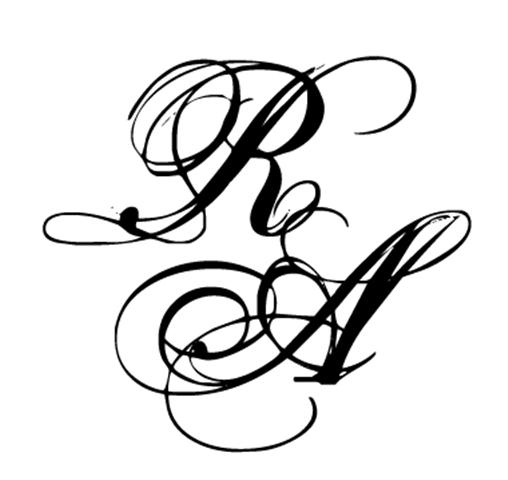An elegant George III giltwood and carton-pierre oval pier glass, late 18th Century
An elegant George III giltwood and carton-pierre oval pier glass, late 18th Century
An elegant and refined George III giltwood and carton-pierre oval pier glass, late 18th Century, with egg and dart border below a husk-swagged urn cresting, and trailing husks to the pierced foliate apron beneath.
Stock Number: RA20357
Size: 47 inches (119 cm) high; 23 inches (58.4cm) wide
Similar designs for oval-shaped pier-glasses can be seen in a volume of designs (held at the V & A) for furniture, interior decoration, and architectural fittings, by John Linnell (1729-1796). He was the son of the famous furniture maker William Linnell (ca. 1703-1763) and gained a design education at the St. Martin's Lane Academy founded by William Hogarth in 1735. In 1750, aged 21, John Linnell joined his father's firm as a designer, taking over the family firm at his father’s death in 1763 going on to produce high quality furniture During his lifetime John Linnell produced high quality furniture, “which rivalled that of other leading furniture makers such as Thomas Chippendale, John Cobb and William Ince and John Mayhew.” V & A, Prints, Drawings & Paintings Collection, E.174-1929
These drawings for two oval pier-glasses in pencil, pen, and ink, were executed as sketches and were probably intended for Linnell’s personal use as preliminary designs. The urn cresting demonstrates the way in which artists and designers were using these forms within their designs during the neoclassical period in the second half of the 18th century, inspired by the discoveries of objects from sites such as Pompeii and Herculaneum
According to the V & A, this design is part of a group of over 900 drawings of frames, mainly for pier glasses, overmantels, and girandoles. Many of these workshop designs share similar characteristics such as leaf scrolls and festoons of husks. Most of them are numbered, contain information about who ordered them, the date, the price (written in code), the colour of the frame and the dimensions of the finished object.











